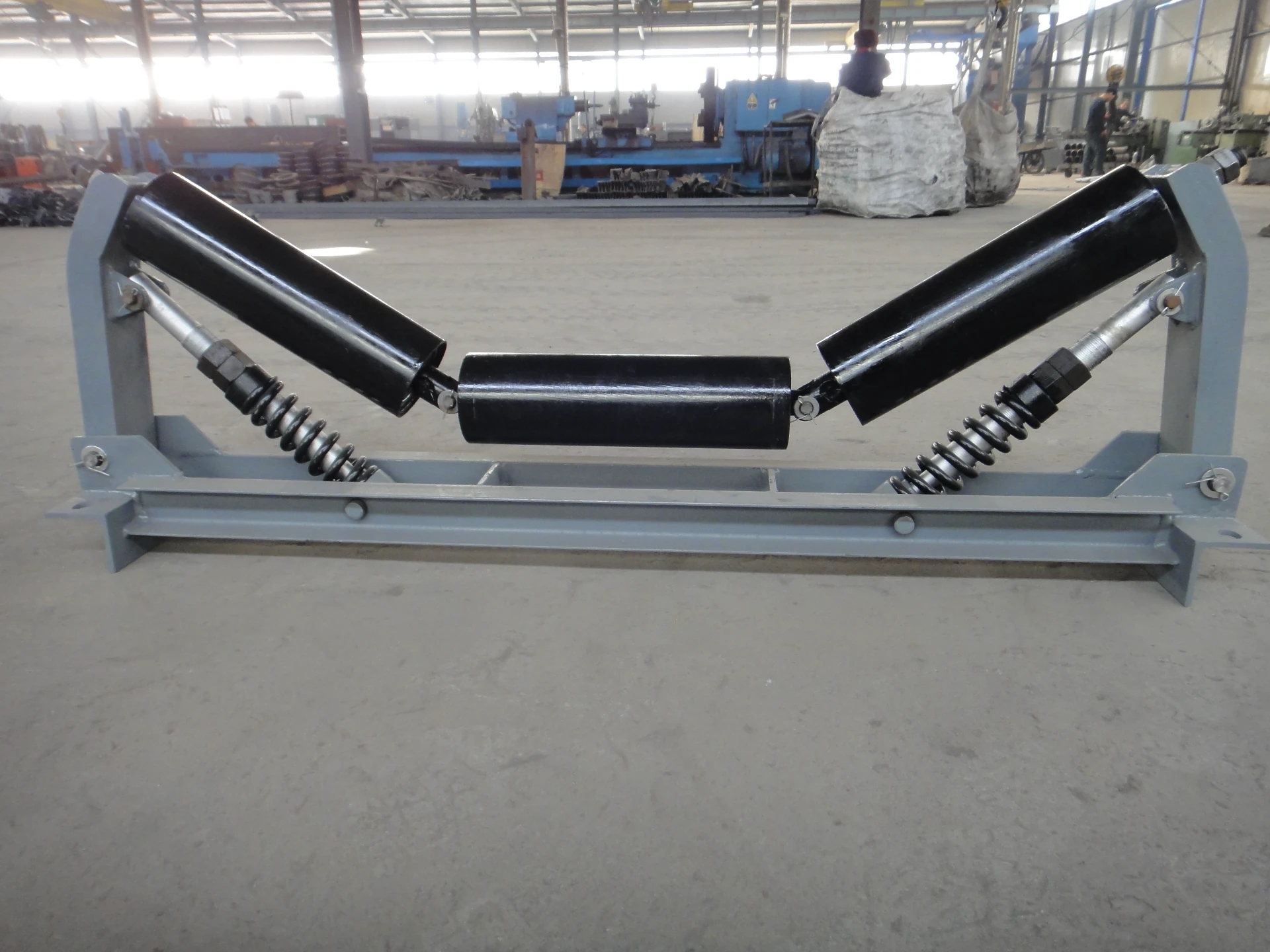 Afrikaans
Afrikaans  Albanian
Albanian  Amharic
Amharic  Arabic
Arabic  Armenian
Armenian  Azerbaijani
Azerbaijani  Basque
Basque  Belarusian
Belarusian  Bengali
Bengali  Bosnian
Bosnian  Bulgarian
Bulgarian  Catalan
Catalan  Cebuano
Cebuano  Corsican
Corsican  Croatian
Croatian  Czech
Czech  Danish
Danish  Dutch
Dutch  English
English  Esperanto
Esperanto  Estonian
Estonian  Finnish
Finnish  French
French  Frisian
Frisian  Galician
Galician  Georgian
Georgian  German
German  Greek
Greek  Gujarati
Gujarati  Haitian Creole
Haitian Creole  hausa
hausa  hawaiian
hawaiian  Hebrew
Hebrew  Hindi
Hindi  Miao
Miao  Hungarian
Hungarian  Icelandic
Icelandic  igbo
igbo  Indonesian
Indonesian  irish
irish  Italian
Italian  Japanese
Japanese  Javanese
Javanese  Kannada
Kannada  kazakh
kazakh  Khmer
Khmer  Rwandese
Rwandese  Korean
Korean  Kurdish
Kurdish  Kyrgyz
Kyrgyz  Lao
Lao  Latin
Latin  Latvian
Latvian  Lithuanian
Lithuanian  Luxembourgish
Luxembourgish  Macedonian
Macedonian  Malgashi
Malgashi  Malay
Malay  Malayalam
Malayalam  Maltese
Maltese  Maori
Maori  Marathi
Marathi  Mongolian
Mongolian  Myanmar
Myanmar  Nepali
Nepali  Norwegian
Norwegian  Norwegian
Norwegian  Occitan
Occitan  Pashto
Pashto  Persian
Persian  Polish
Polish  Portuguese
Portuguese  Punjabi
Punjabi  Romanian
Romanian  Russian
Russian  Samoan
Samoan  Scottish Gaelic
Scottish Gaelic  Serbian
Serbian  Sesotho
Sesotho  Shona
Shona  Sindhi
Sindhi  Sinhala
Sinhala  Slovak
Slovak  Slovenian
Slovenian  Somali
Somali  Spanish
Spanish  Sundanese
Sundanese  Swahili
Swahili  Swedish
Swedish  Tagalog
Tagalog  Tajik
Tajik  Tamil
Tamil  Tatar
Tatar  Telugu
Telugu  Thai
Thai  Turkish
Turkish  Turkmen
Turkmen  Ukrainian
Ukrainian  Urdu
Urdu  Uighur
Uighur  Uzbek
Uzbek  Vietnamese
Vietnamese  Welsh
Welsh  Bantu
Bantu  Yiddish
Yiddish  Yoruba
Yoruba  Zulu
Zulu conveyor return idlers
Understanding Conveyor Return Idlers An Essential Component of Bulk Material Handling Systems
In the world of bulk material handling, the efficiency and reliability of conveyor systems play a crucial role. One of the key components that support the performance of conveyor belts is the conveyor return idler. Return idlers are integral to the overall operation of conveyor systems, providing structural support and helping maintain the belt's alignment while reducing friction. In this article, we will explore the significance of conveyor return idlers, their types, and maintenance considerations.
What Are Conveyor Return Idlers?
Conveyor return idlers are rollers located along the underside of a conveyor belt, primarily designed to support the belt as it returns from the discharge point back to the loading point. These idlers are positioned strategically to facilitate the movement of the belt and to ensure that it operates smoothly. They play a vital role in maintaining proper tension and alignment of the conveyor belt, allowing for effective transport of bulk materials.
Types of Conveyor Return Idlers
There are several styles of return idlers, each designed to meet specific operational requirements
1. Flat Return Idlers These idlers feature a flat design that provides basic support for the conveyor belt. They are commonly used in light to medium-duty applications where the load is not excessively heavy.
2. Roller Return Idlers These idlers are equipped with cylindrical rollers that allow the belt to glide smoothly. This design reduces friction and wear on the belt, ultimately extending its lifespan. Roller return idlers are ideal for heavy-duty applications where substantial loads are involved.
3. Impact Return Idlers These idlers are specifically designed to absorb shock and impact on the conveyor belt, which may occur during material loading or other operational processes. Impact return idlers help to minimize damage to the belt and maintain its integrity.
4. Training Idlers These specialty idlers are designed to help keep the conveyor belt aligned. They are installed at critical points along the conveyor to prevent belt misalignment and ensure that the load is evenly distributed.
conveyor return idlers

Importance of Conveyor Return Idlers
The importance of conveyor return idlers cannot be overstated. They serve several crucial functions, including
- Support and Stability Return idlers provide essential support to the conveyor belt, ensuring it remains stable during operation. By distributing the weight of the load evenly across the belt, they help prevent sagging, which can lead to increased wear and potential damage.
- Friction Reduction The design of return idlers minimizes friction between the belt and the rollers, allowing for smoother movement. This reduction in friction translates to lower energy consumption for the system, resulting in cost savings in energy costs.
- Belt Alignment Misaligned belts can lead to increased wear and tear, operational inefficiencies, and costly downtimes. Conveyor return idlers help maintain proper alignment, reducing the likelihood of these issues.
- Longevity of the Conveyor System By reducing friction and supporting proper alignment, return idlers contribute to the overall longevity of the conveyor system. This not only enhances performance but also minimizes maintenance costs.
Maintenance Considerations
To ensure optimal performance and longevity of conveyor return idlers, routine maintenance is essential. This includes regular inspections for wear and tear, ensuring that idlers are free from debris, and adequately lubricating any moving components. It's crucial to replace worn idlers promptly to maintain the integrity of the conveyor system.
Conclusion
Conveyor return idlers are indispensable components of bulk material handling systems. Their ability to support the conveyor belt, reduce friction, and maintain proper alignment is critical for the efficient operation of the entire system. By understanding the various types of return idlers and implementing proactive maintenance, industrial operators can significantly enhance the performance and lifespan of their conveyor systems, ultimately leading to improved productivity and reduced operational costs. Investing in high-quality return idlers and prioritizing their maintenance can result in significant long-term benefits for any material handling operation.
-
Revolutionizing Conveyor Reliability with Advanced Rubber Lagging PulleysNewsJul.22,2025
-
Powering Precision and Durability with Expert Manufacturers of Conveyor ComponentsNewsJul.22,2025
-
Optimizing Conveyor Systems with Advanced Conveyor AccessoriesNewsJul.22,2025
-
Maximize Conveyor Efficiency with Quality Conveyor Idler PulleysNewsJul.22,2025
-
Future-Proof Your Conveyor System with High-Performance Polyurethane RollerNewsJul.22,2025
-
Driving Efficiency Forward with Quality Idlers and RollersNewsJul.22,2025





























